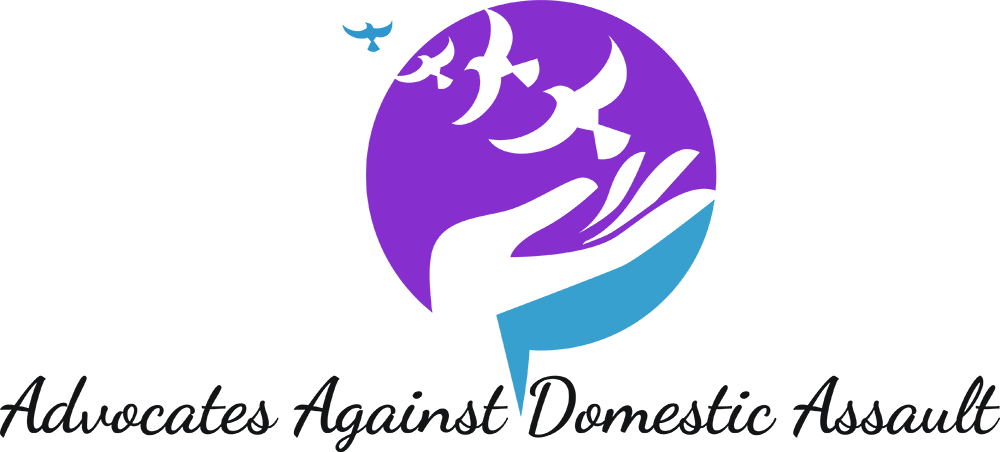Cycle of Abuse
Beyond the Outburts
Recognizing the Pattern, Breaking free

The cycle of abuse is a dangerous pattern of behavior common in abusive relationships. It doesn’t always look like a single violent outburst. Instead, it often progresses through phases that create a confusing and frightening dynamic. The cycle might start with a period of tension building, filled with arguments, threats, or emotional manipulation. This tension can erupt into an incident, which could be physical violence, verbal abuse, or intimidation. Following the incident, the abuser might enter a phase of reconciliation, apologizing, showering the victim with affection, or promising things will change. This creates a false sense of hope and keeps the victim trapped. Finally, a period of seeming calm sets in, before the cycle inevitably starts anew, often with increasing intensity. Recognizing this cycle is the first step towards breaking free and finding safety.
Phase 1:
Tension Building
The abuser creates tension and the survivor’s stress begins.
The cycle’s insidious nature lies in its subtle beginnings. Tension builds, not necessarily from external stressors like work or finances, but often due to the abuser’s need for control. They may twist everyday events into triggers, manipulating the situation to create fear and insecurity in the victim.
Victims, understandably, react in ways to manage their fear or regain a sense of control. Some might become overly accommodating, hoping to appease the abuser. Others, anticipating the outburst, might initiate arguments, a misguided attempt to pre-empt the inevitable explosion.
It’s important to remember: These reactions are coping mechanisms, not justifications for the abuser’s actions.
Phase 2:
Incident
Loss of control and fear.
The simmering tension explodes into a terrifying incident. The abuser unleashes a torrent of abuse – physical violence like hitting, slapping, or strangulation; verbal attacks with belittling, name-calling, and screaming; or emotional and psychological manipulation through threats. This phase is about the abuser asserting dominance and control, leaving the survivor feeling utterly afraid and isolated.
Phase 3:
Reconciliation
The false apology.
The reconciliation phase, more accurately called the “honeymoon” phase, offers a deceptive sense of hope. The abuser might offer empty apologies – words meant to soothe but lacking genuine remorse; shift blame – the abuser may justify their actions with excuses (“work stress”) or even blame the victim (“you provoked me”); or gaslight and deny – they might rewrite history, denying the abuse ever happened or minimizing its severity.
This deceptive calm is designed to draw the victim back in, creating a false sense of security that ultimately strengthens the abuser’s control. Remember, genuine apologies take responsibility and involve changes in behavior, not just words.
Phase 4:
Calm
A false sense of security.
The storm appears to have passed. Following the apology (or manipulation), a fragile calm descends. This period offers a deceptive sense of normalcy. The abuser might even shower the victim with affection (“love-bombing”) to reinforce the fabricated image of a loving relationship. However, this facade is temporary. Subtly, tension begins to rise again, apologies and promises lose their meaning, and the abuser’s controlling behavior resurfaces. The cycle, predictably, starts anew, often with increasing intensity. Tragically, the victim may cling to fleeting moments of calm, hoping for genuine change, only to be met with the inevitable cycle’s return.
A Trap Designed to Control
The deceptive nature of the cycle of abuse becomes more evident as it progresses. Over time, the “honeymoon” and “calm” phases shrink, replaced by a constant undercurrent of tension that erupts more frequently into violence. The abuser’s apologies ring hollow, and the cycle spins faster, leaving the victim feeling trapped in a relentless loop of fear and manipulation.
Shame and fear often keep survivors from leaving, but the reasons can be even more complex. Some may believe it’s too late to leave, or that they somehow caused the abuse. This is a critical point: The abuser, not the victim, is responsible for the cycle. Survivors are caught in a web of manipulation, designed to erode their confidence and keep them under control.
Love vs. Manipulation
Leaving can be even harder when survivors feel love for their abuser. However, Yvette Lozano, Chief Program and Operations Officer with Peace Over Violence, emphasizes the distinction: “Survivors feel like [the abuser] is a person they can change. This is not love—it’s traumatic bonding.” The abuser’s manipulative tactics can create a warped sense of affection, making it difficult to see the controlling nature of the relationship. Survivors might cling to the hope of the “good” version of the abuser, mistaking manipulation for love.
As Sarah Buel, a former professor at ASU’s College of Law, explains, “love” is a common barrier to leaving. Survivors may believe they need to change themselves or that the abuse is a minor part of an otherwise good relationship. This “love” is fueled by a desire for the “good times” to return, a yearning for a normalcy that never truly existed.
You Can
Break the Cycle
The Cycle of Abuse may feel overwhelming, but it’s not unbreakable. You have the power to break free. Ready to take control? Start with Safety Planning from AADA and learn the steps to claim your safe life.
